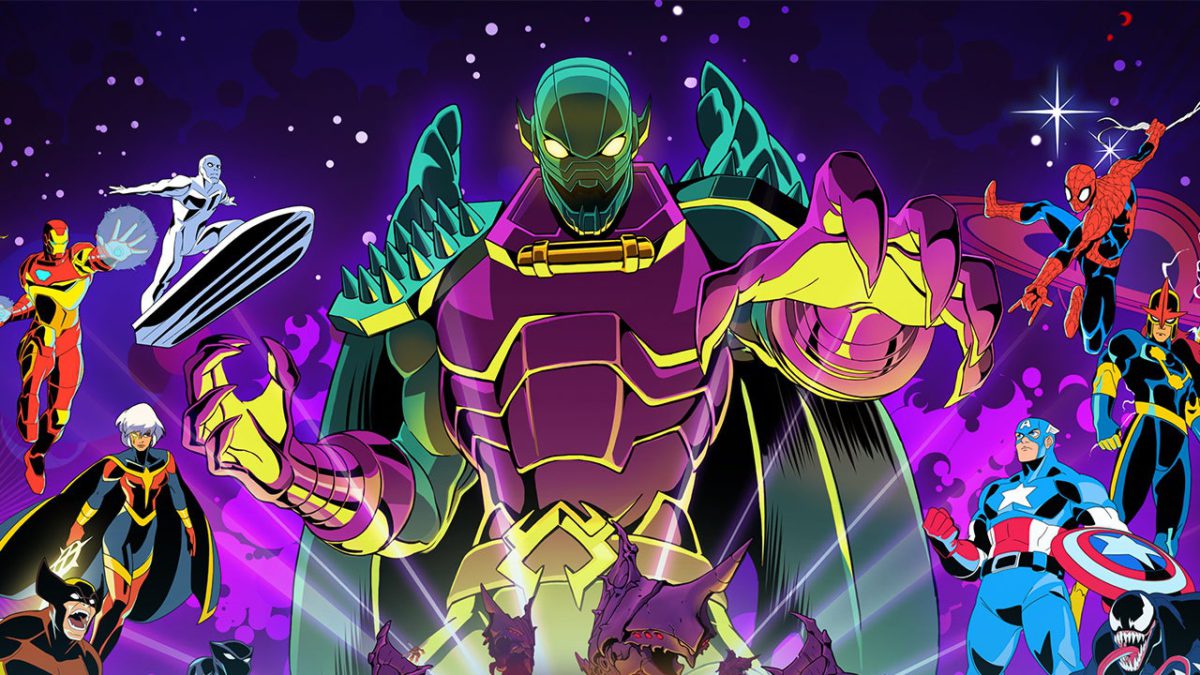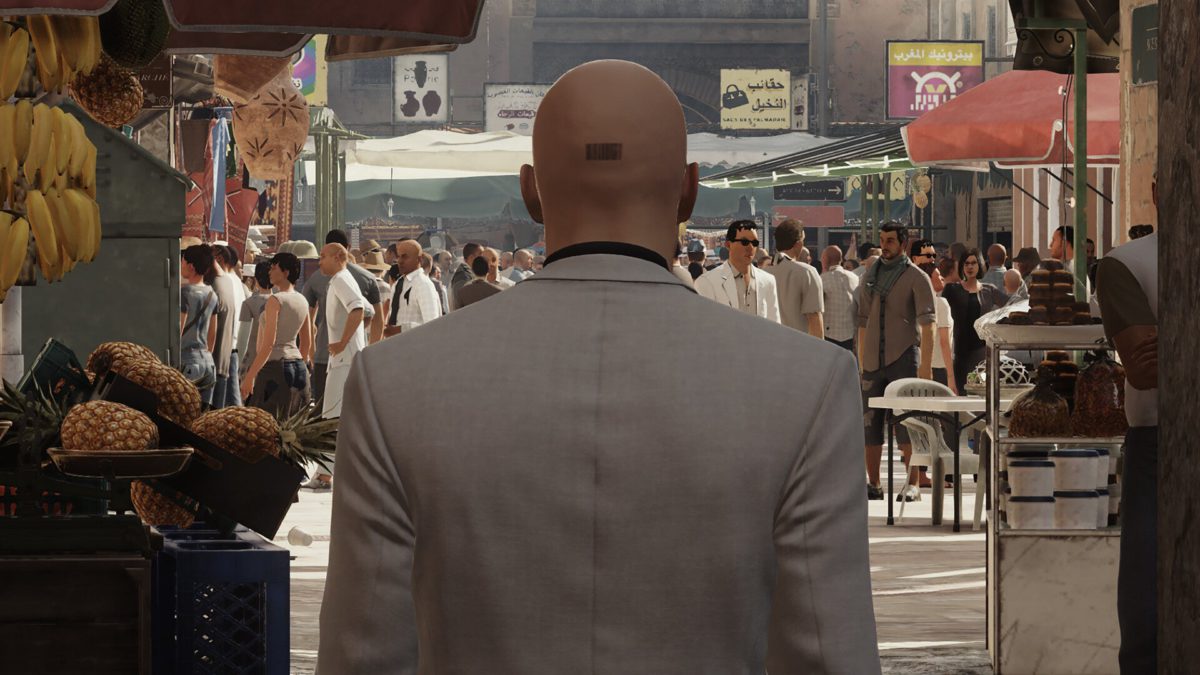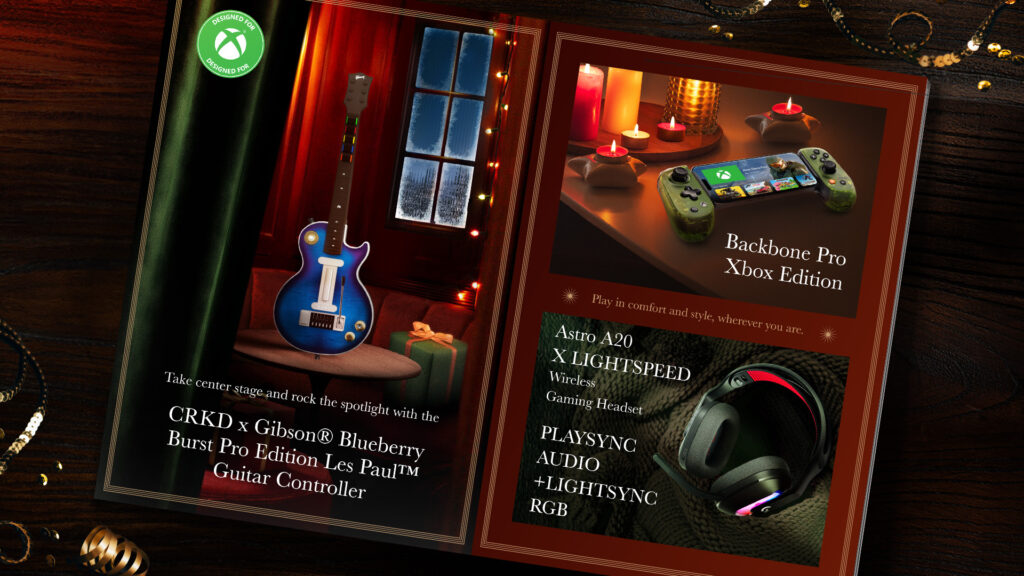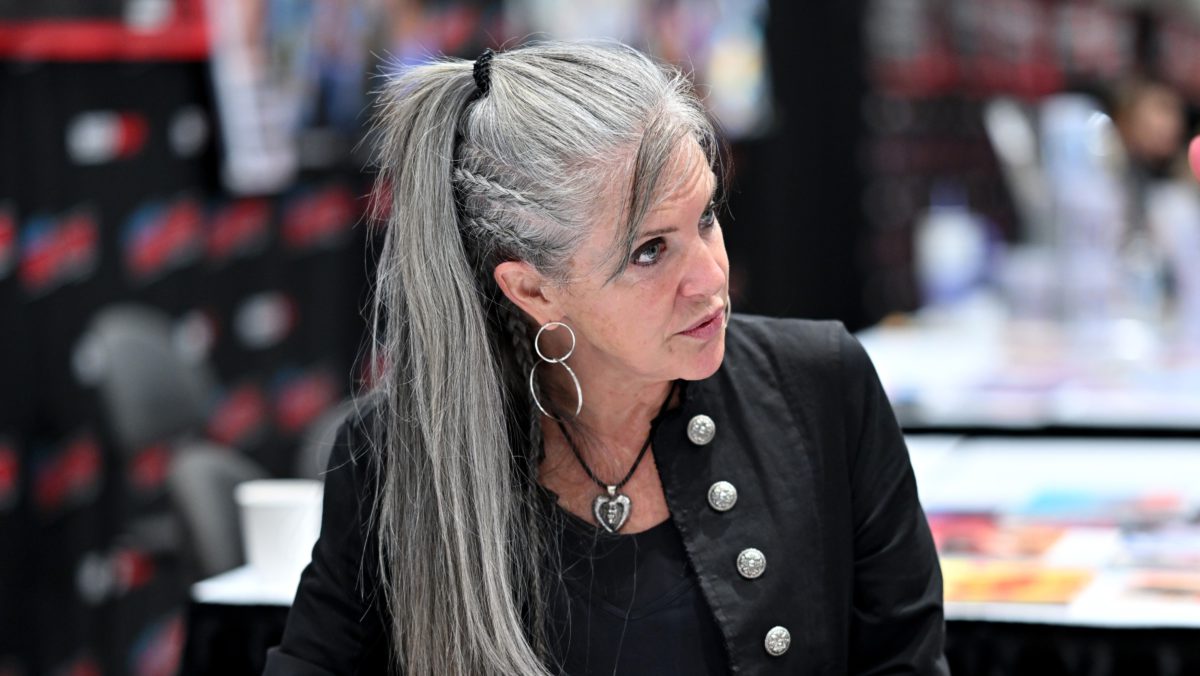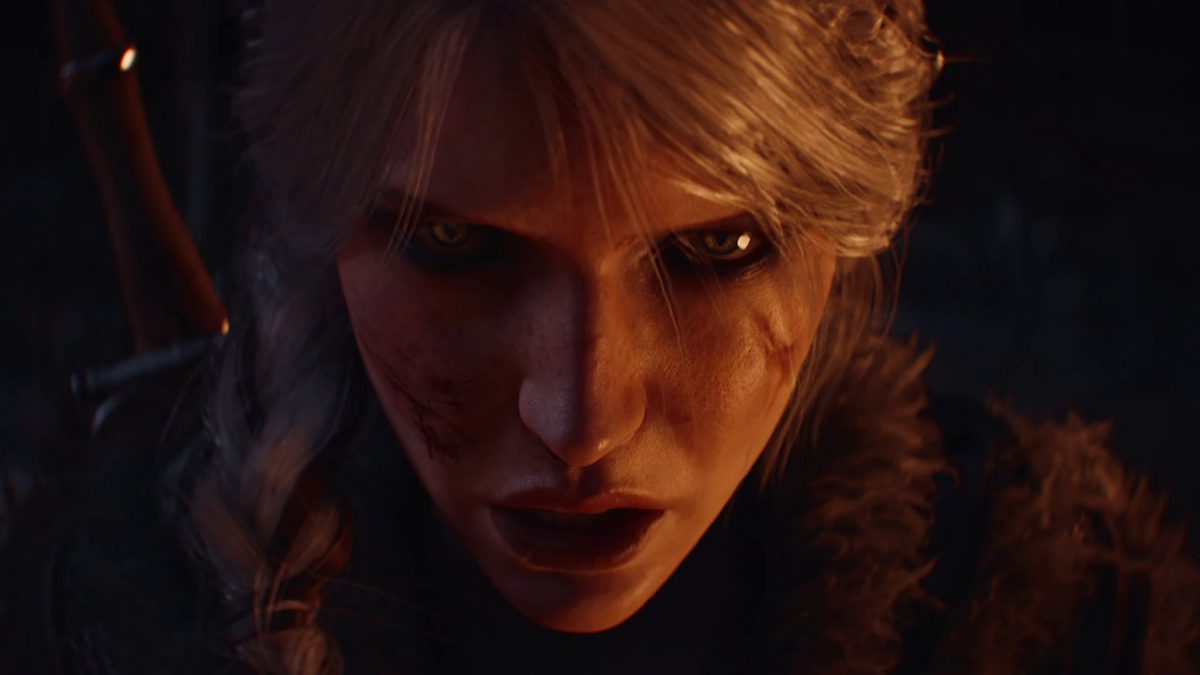
Depending on who you talk to, beat ‘em ups are either repetitive, button-mashy coin munchers or a deceptively simple vehicle for absolute combat mastery. Me? I’m in the latter camp. But how do you get people who aren’t sickos like myself interested? How do you lure them into taking the first steps down Sicko Road? This year’s Absolum tried by merging a mechanically excellent beat ‘em up with a middling roguelite. Marvel Cosmic Invasion developer Tribute Games – the cats behind Shredder’s Revenge, the best TMNT game since Turtles in Time– takes a different approach. It looks to the Marvel vs. Capcom fighting games of old and asks one of the boldest questions I’ve seen a beat ‘em up pose in a New York minute: what if it was a tag game where you controlled multiple heroes? The answer, as it turns it, rules, even if the actual execution of Cosmic Invasion doesn’t quite live up to that concept.
I’ll be real with y’all; I’m not a Marvel guy. My dad’s into comics, and he got me into them, but DC was always his bag (he owns every Wonder Woman comic ever published, and no, that’s not an exaggeration), so I’m a DC kid at heart with a soft spot for indie comics. But I love the weirder parts of Marvel, especially the million conflicting X-men timelines and the cosmic stuff. It’s not the most popular thing Marvel publishes (that is and always will be Spider-Man, though X-men is no slouch), but it’s the most interesting. Give me that over the MCU stuff any day.
If the title didn’t give it away, that’s what Marvel Cosmic Invasion is about. The story here is real simple, almost like it has been ripped straight from the pages of a multi-issue event series. Big Bad Annihilus’s Annihilation Wave (listen, it’s comic books, okay?) is sweeping the galaxy! All life hangs in the balance! So it’s up to a rag-tag assortment of Marvel heroes, whether Earthborn or cosmic in origin, to bring him down. That’s all you gotta know. And you know what? It works.
A lot of it comes down to the team of 15 heroes that Tribute Games has assembled. Yeah, you’ve got the icons, the regulars who absolutely, positively accept-no-substitutes gotta be there. You know the ones: Storm, Wolverine, Spider-Man, Captain America. Then you’ve got cats that were B-listers before the movies elevated them to prominence: Black Panther, Iron Man, Rocket Raccoon, She-Hulk, Nova, Phoenix, Venom. And then there are the weird and wacky inclusions. Thor isn’t here; instead, you get Beta Ray Bill. Real ones know. How do you feel about Cosmic Ghost Rider? Then there’s my girl Phyla-Vell. Oh, and because this is cosmic Marvel, the Silver Surfer is also here, and he is caked up. To the Silver Surfer degenerate at Tribute Games: I see you, and I appreciate you.
But the reality is that everyone here looks stunning because the pixel art spritework is absolutely gorgeous. Whether it’s Phyla-Vell’s hair blowing gently in the wind, how Wolverine always looks like a coiled spring, or the subtle transformations that sometimes reveal Eddie Brock beneath the symbiote as Venom, Cosmic Invasion captures the essence of these characters, right down to their voices. Go ahead and watch one the videos on this page, tell me that doesn’t sound exactly like the way Wolverine or Storm or Iron Man sound in your head. True believers, the vibe is immaculate.
Structurally, Cosmic Invasion is a pretty standard beat ‘em up. Not counting the tutorial, there are 15 stages, including old Marvel standbys like New York City, Wakanda, the Savage Land, and Genosha, as well as more exotic environs like Fort Galactus, each with a fun little sub-description (Genosha’s is Heavy Metal; the Savage Land’s is Rumble in the Jungle). Stage selection is mostly a straight line, but occasionally the path will split before reconverging and you’ll have to complete both branches before moving on.
Levels themselves are good but unremarkable beat ‘em up fare with the occasional environmental hazard. There is a collectible to find to liven things up, as well as three challenges in each stage – two are hero specific, such as defeating a certain number of enemies with a certain character’s special attack, while the final one is related to the stage itself. All of this is good: the challenges encourage you to use new characters and learn the intricacies of each arena, and stages are well-designed, snappy (each one takes around 10-15 minutes), and visually distinct in cool ways – you’d never mistake Savage Lands for Klyntar or Genosha – but nothing here is going to redefine your expectations for what a beat ‘em up can be.
What makes Cosmic Invasion special is its characters. Up to four people can play Cosmic Invasion at once, each controlling two characters, and it’s impressive how different each character is, even if they might not feel that way at first. Take Nova and Iron Man; sure, both of their unique attacks are ranged energy blasts, but Nova’s can pass through and hit multiple targets at once. Iron Man’s don’t. Nova’s special attack is an energy field that only hits foes at close range, while Iron Man’s giant, Marvel vs. Capcom 2-esque laser can hit anyone standing anywhere on-screen, but it does require you to line up your enemies and aim well.
Meanwhile, Rocket is a ranged powerhouse, but his charged heavy attack does massive damage, while Phyla-Vell’s, who is more melee focused, can stun – and no one else has anything like her sword, which she can throw and then teleport to in order to start combos and then keep them going across the screen. Beta Ray Bill and Cap can both throw their weapons, too, but Cap’s shield returns to him automatically; Bill’s will spin in place, potentially juggling anyone unlucky enough to come into contact with it until you manually call it back. Even She-Hulk and Wolverine, both up-close-and-personal bruisers, play differently. Logan is faster and all about chaining long stabby-stab combos together, while Jen is a powerhouse who focuses on short combos that launch her victims into the air for potential follow-ups. They both have grabs, but they operate in very different ways.
Some characters have dodges, while others can block and parry if they time things right, opening up more defensive options. Characters that fly have a much easier time dealing with winged foes than those who don’t, and it’s easier for them to avoid stampedes. Everyone is a little different, and that can have a massive impact on how they play.
What’s really cool, though, are the tag team elements. You only actively control one character at a time, and you can summon your tag partner for various assists to keep laying on the hurt, opening up cool new offensive possibilities – that could be a launcher, a standard combo, their unique ability, their metered “I want these guys dead” special attack, and so on. Figuring out the best combinations and how movesets interact is a lot of fun, especially since you don’t start with everyone unlocked. It’s possible to lose a character mid-level (they have separate health bars), but even then, all isn’t lost. You continue on with your remaining hero, and if you stumble upon some floor food, a time-honored beat ‘em up tradition, they’ll come back with a little health.
Characters also level up as you use them, gaining more health, passive abilities, and so on, encouraging you to experiment, especially in co-op. I played the whole game with my wife (a single run through the campaign took three hours), and while I think Cosmic Invasion is a good time solo, like basically every beat ‘em up, it’s better with friends.
If this beat ‘em up has any black eyes, it’s the lack of enemy variety. You’ll see the same core cast of baddies a lot in Cosmic Invasion, and while that’s not a huge problem (this happens in most beat ‘em ups), it can get a little old. It’s also hilariously obvious when you’re fighting a boss that will become a playable character later on because it feels like you’re fighting someone you’ll be able to play later. It can lead to some really funny moments, like when we were fighting the Silver Surfer on an elevator and kept knocking him into the abyss. Eventually, he’d levitate back up to us for more, only to get knocked down again. It wasn’t bad, but it was as goofy as Rob Liefeld-drawn feet or pouches.
If you get bored of beating on Annihilus’s minions, you can head to the Vault, where you can see each hero’s progress in the Hero Lab, learn about their history and the history of your foes in the Nova Corps Files, and listen to some of Cosmic Invasion’s excellent tracks. You can also spend Cosmic Cubes you earn to unlock nodes in the Cosmic Matrix for more color palettes, hero profiles, tunes, and Nova Corps Files. It’s a cool little system, and it even doubles as a neat way to make art if you unlock the right nodes in a way that forms a pattern. I made an adorable little bug, and I’ll miss him when I fill everything out and he’s gone.

